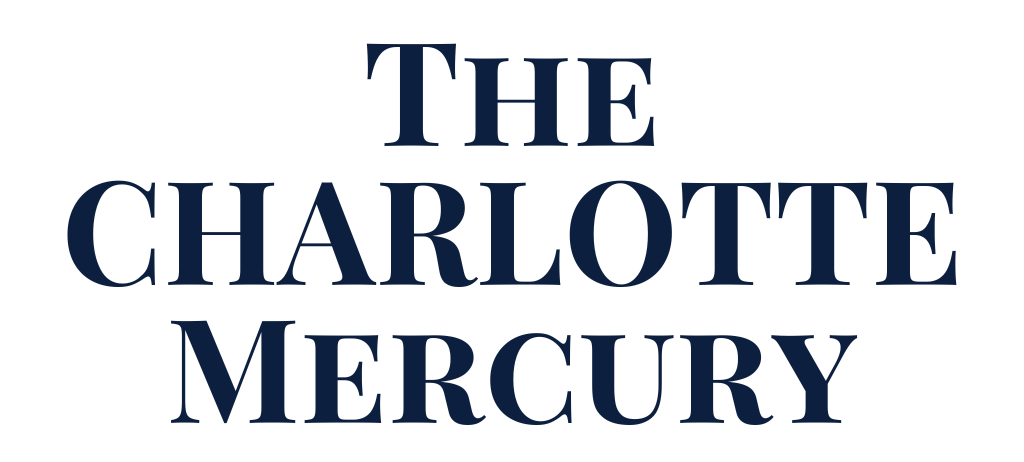Why Your Receipt Might Cost More This Fall
If you buy coffee in Mecklenburg County after November, your barista may hand you a slightly pricier bill. On July 30, county commissioners voted 7-2 to move forward with a referendum adding one percentage point to the local sales-and-use tax, earmarked “only for roadway systems and public transportation systems.” The ballot language is locked by the state’s freshly minted PAVE Act. That fact didn’t stop a two-hour tug-of-war over wording, transparency, and, yes, basic math. Charlotte Talks episode
The Sentence That Launched a Thousand Eye-Rolls
Commissioners had exactly 28 words to approve:
“One percent (1%) local sales and use taxes, in addition to the current local sales and use taxes, to be used only for roadway systems and public transportation systems.”
Chair Mark Jerrell reminded colleagues the phrasing is “not up for edits, only up for a vote.” Charlotte Talks
Dissent in the Details
- Susan Rodriguez-McDowell argued the line hides a reality check: the county rate jumps from 7.25 % to 8.25 %—a 14 % increase in the tax burden.
- Laura Meier echoed the concern, calling the resolution’s explanatory memo “waffle space and wiggle room.”
Both cast “no” votes, leaving the majority to approve the motion and schedule an Aug. 6 public hearing.
Where the Money Would Go
Although the ballot text stays vague, commissioners’ companion resolution sketches a spend plan:
| Bucket | Share | Examples |
|---|---|---|
| Roads & Intersections | 40 % | Widening east-west connectors, Vision Zero fixes |
| Bus Service & Operations | 20 % | More frequent CATS routes, electric-bus fleet |
| Rail & Rapid Transit | 40 % | Silver Line, Red Line revival, Blue Line south extension |
County staff estimate ≈ $20 billion in revenue over 30 years—enough to bankroll Charlotte’s ever-postponed rail ambitions and tame the region’s legendary congestion.
What Happens Next
- Aug 6 – Public hearing, final up-or-down board vote.
- Late Aug – Mecklenburg BOE files the referendum with the state.
- Nov 4 – Voters say yes or no.
- 2026+ – If approved, tax starts the following July; project bonds roll soon after.
The Stakes
Supporters see the tax as a once-in-a-generation chance to sync land-use and mobility. Skeptics fear a blank check with fuzzy guardrails. The county’s own polling shows Charlotteans split almost down the middle—expect a multimillion-dollar campaign this fall.
About the Author
Jack “Double-Shot” Beckett files his dispatches under the influence of dark roast, light sarcasm, and the occasional blueberry muffin from the Einstein Bros Bagels Ballantyne (the only place that understands the ratio of cream cheese to bagel). Dive deeper into our slow-news rabbit hole at cltmercury.com, where you’ll find fresh scoops in News, ethics-soaked dives in Politics, and the housing charts your landlord hopes you skip in Housing. Got hot intel? Slide into our DMs on Twix: x.com/queencityexp.
Feeling civic? Check our special 2025 election hub—“Poll Dance 2025: Join the Dance—before you pull a lever, tap a screen, or sigh into a provisional ballot.
The Fine Print
Privacy Policy • About Us • Terms of Service • Media Kit • Contact Us
Creative Commons License
© 2025 Strolling Ballantyne / The Charlotte Mercury
This article, “Mecklenburg’s One-Cent Transit Tax Heads to November Ballot—Here’s What the Fine Print Really Says,” by Jack Beckett is licensed under CC BY-ND 4.0.
“Mecklenburg’s One-Cent Transit Tax Heads to November Ballot—Here’s What the Fine Print Really Says”
by Jack Beckett, The Charlotte Mercury (CC BY-ND 4.0)
